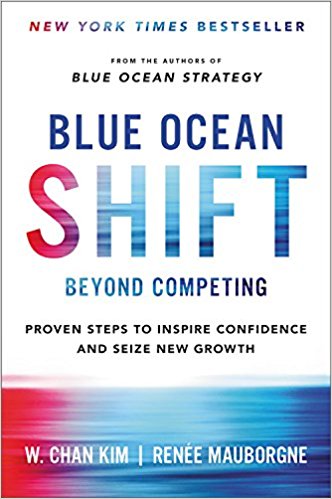Blue Ocean
The Business of Biom* - Part 2
Tue, 2017/12/19 - 20:43 — nhoeller  I recently read Blue Ocean Shift: Beyond Competing - Proven Steps to Inspire Confidence and Seize New Growth, an updated version of the earlier book Blue Ocean Strategy (also by Kim and Mauborgne). Both books describe a business strategy based on creating new niches, rather than direct competition. Key approaches include:
I recently read Blue Ocean Shift: Beyond Competing - Proven Steps to Inspire Confidence and Seize New Growth, an updated version of the earlier book Blue Ocean Strategy (also by Kim and Mauborgne). Both books describe a business strategy based on creating new niches, rather than direct competition. Key approaches include:
- Identifying and eliminating costs for deliverables that do not provide value in the market.
- Identifying and delivering untapped value that has been ignored by the market leaders.
- Identifying and targeting ‘non-customers’ of the market leaders.
The Blue Ocean strategy creates potential opportunities for biom*. Although the authors claim that they are not delivering disruptive innovation, they are clearly trying to dramatically change the game by increasing value, rather than competing on price or marginal features. Blue Ocean Shift helps businesses manage risk by describing a step-by-step implementation process. Showing the connections between biom* opportunities and the Blue Ocean strategy could help reduce the perceived risk of biom* projects. In turn, biom* could help companies identify new Blue Ocean opportunities.
In contrast to Fast Second and its focus on products/processes, the Blue Ocean strategy seems more aligned with systems biom*. Rather than relying on a technological advance to create new markets, the focus is on building or reorganising relationships among existing actors, developing new business strategies, and strengthening innovation portfolios.
Fast Second mentions strategic innovation as a way for businesses in mature markets to retain their competitive edge but almost as an afterthought. Ideally, businesses should explore both approaches, depending on the specific circumstances.
- nhoeller's blog
- Login or register to post comments
